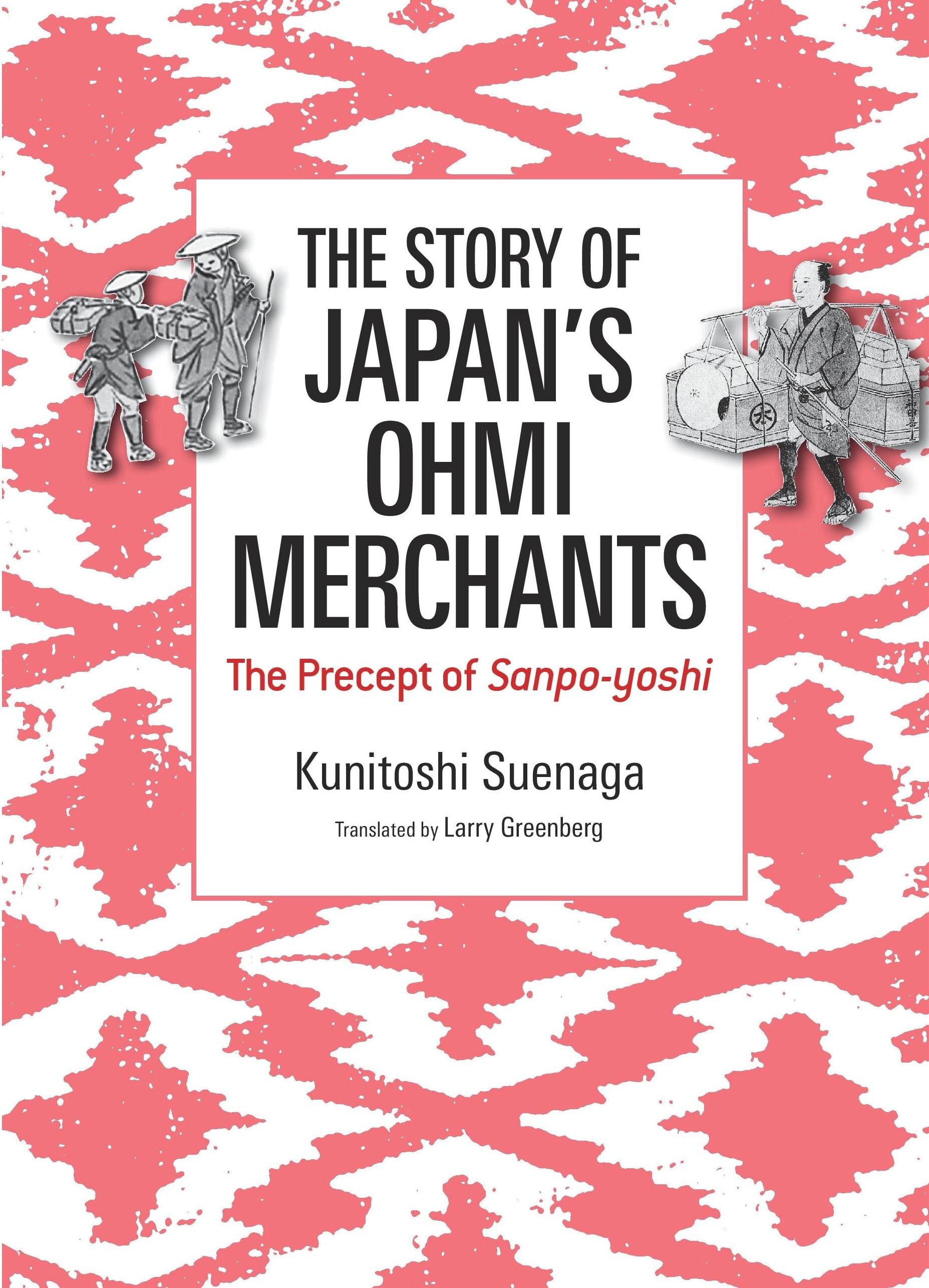From its very origins, Ohmi was a highly developed region bordering Kyoto, the center of political power. For that reason, Ohmi is closely tied to the history of political, cultural, social and economic development in Kyoto, and therefore Japan as a whole.
Ancient Ohmi was first developed by immigrants from the Korean Peninsula and China and was a vital crossing point connecting Kyoto with eastern Japan. The intersection of the Nakasendo Road and the Tokaido Road was located within its borders. The vital traffic of people and goods led to the early development of organizations and individuals engaged in the concentrated delivery of vast quantities of products.
Ohmi merchants can be considered the very source of Japanese-style management. The key concepts that they developed underpinned the success of Japanese corporations for generations. These include core concepts such as sanpo-yoshi or “three-way satisfaction” and corporate social responsibility (CSR), considering a third-person perspective, being a member of society, a healthy tension with society, customer satisfaction, contribution to society, the social consciousness of “good for the world”, appropriate profits, avoid waste and give your all, the spirit of the peddler, faith and devotion, talent and innovation, leveraging information and investing in startup ventures.
Inspirational and practical, this book is full of useful ideas and methods that have helped Japanese corporations and individuals achieve success for generations. It is recommended for any student of business or anyone who wants to dig deep into the historical background that helped Japanese companies overcome adversity and achieve greatness.




